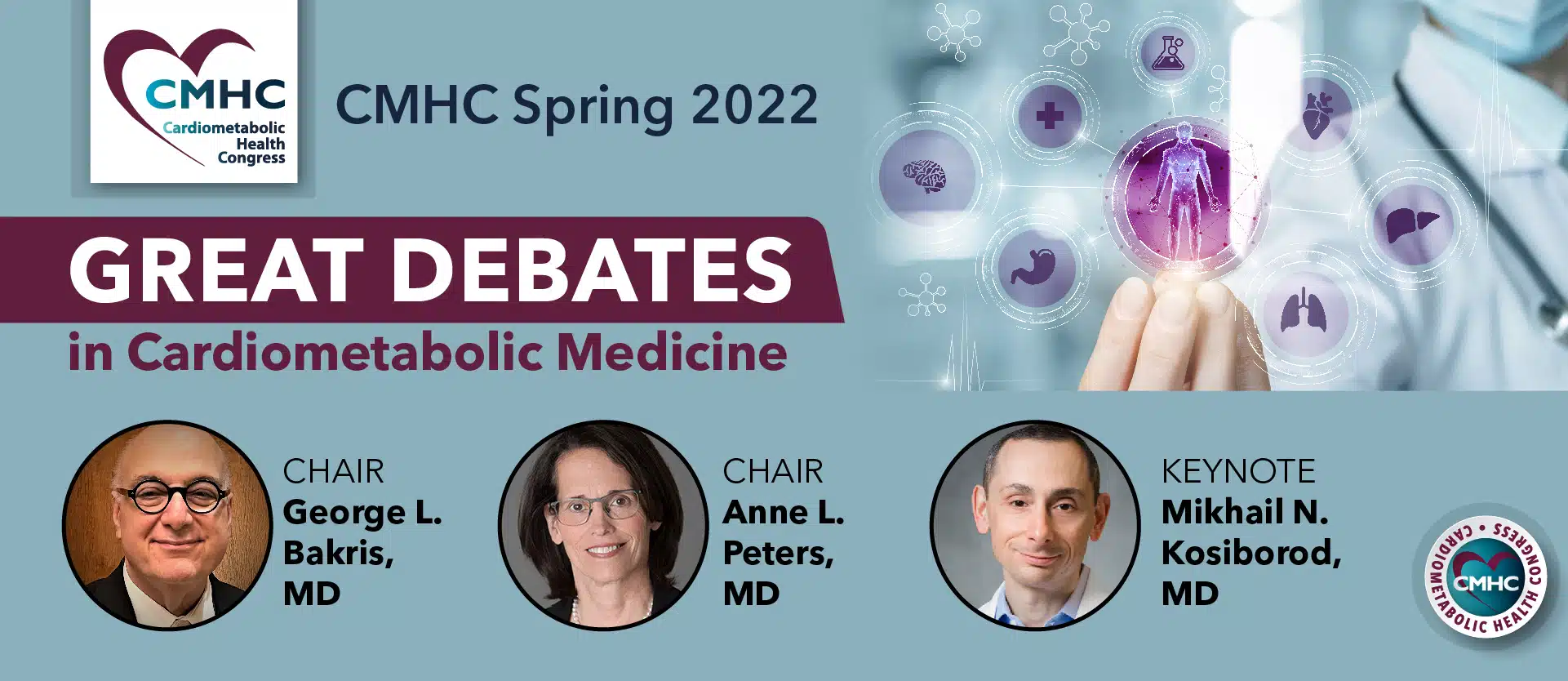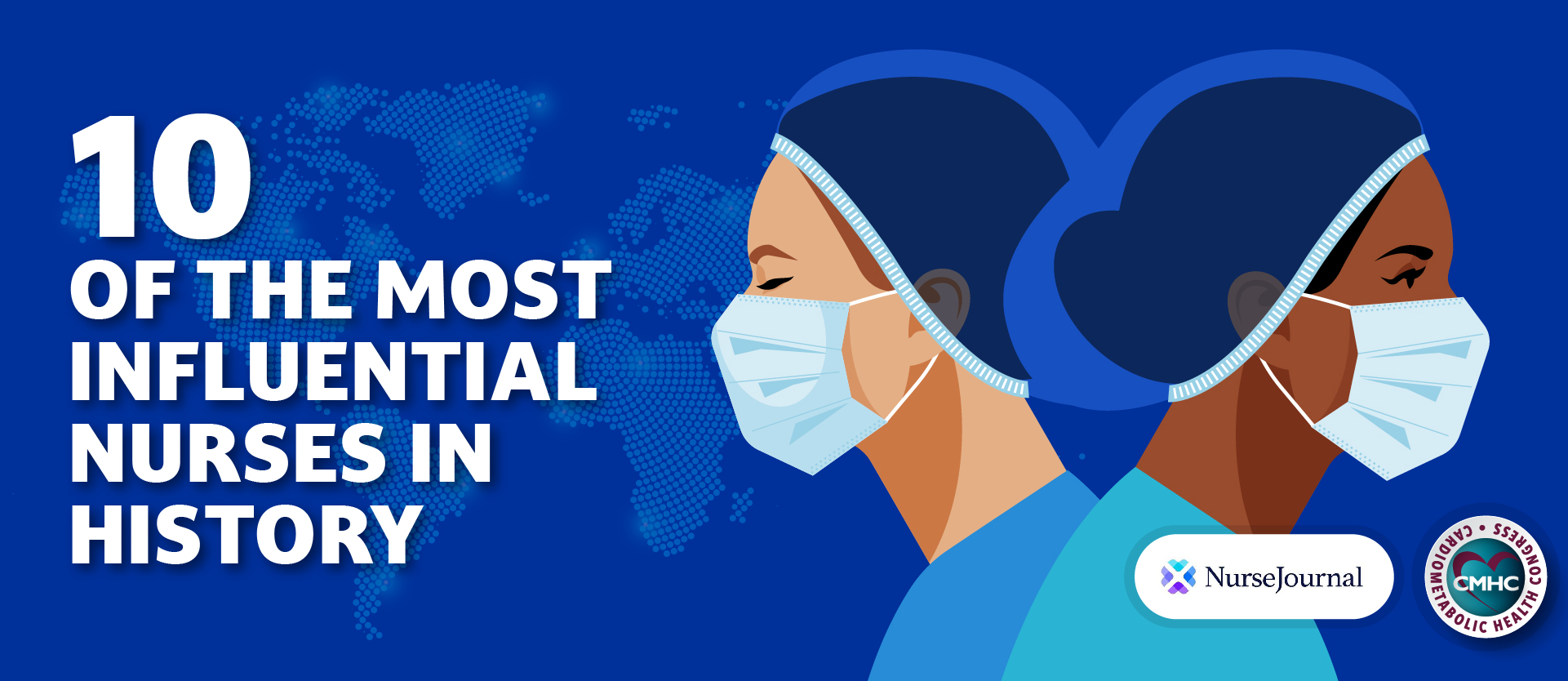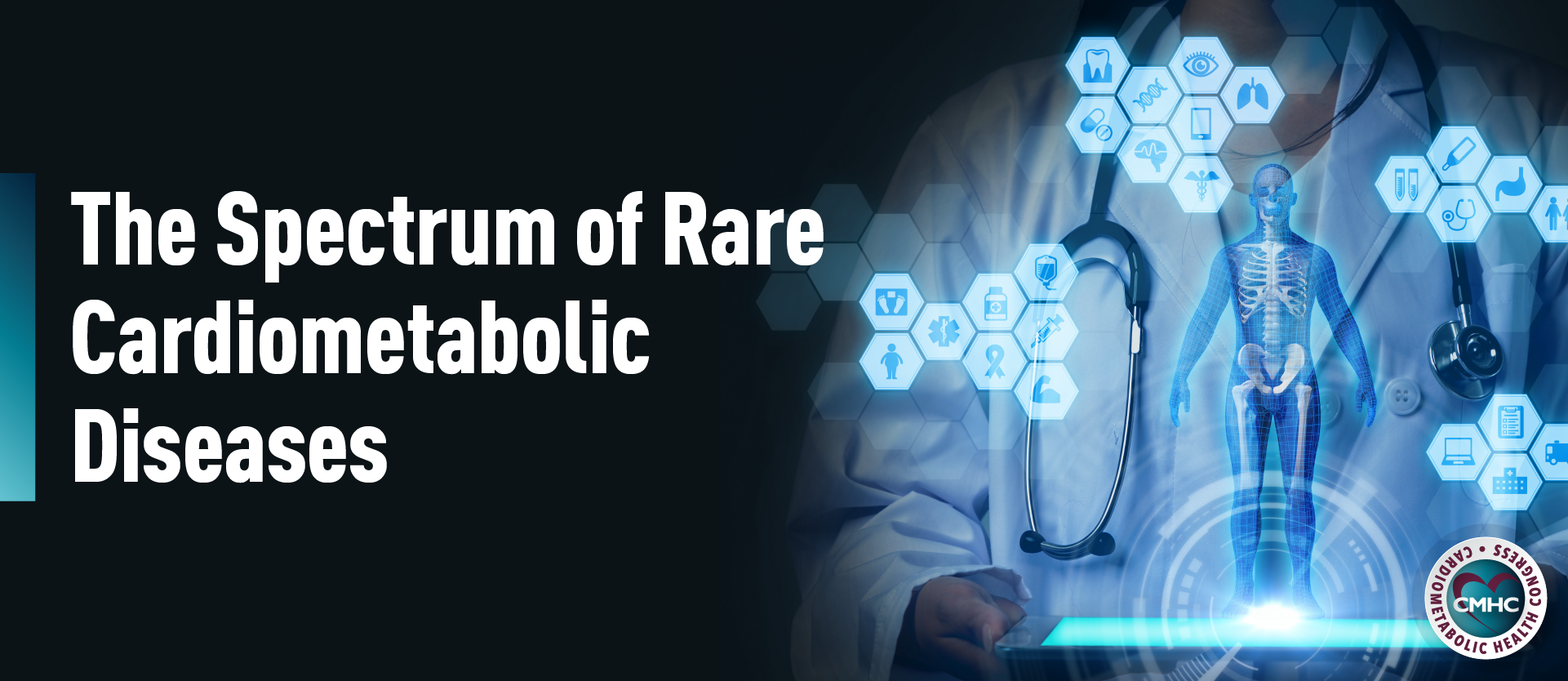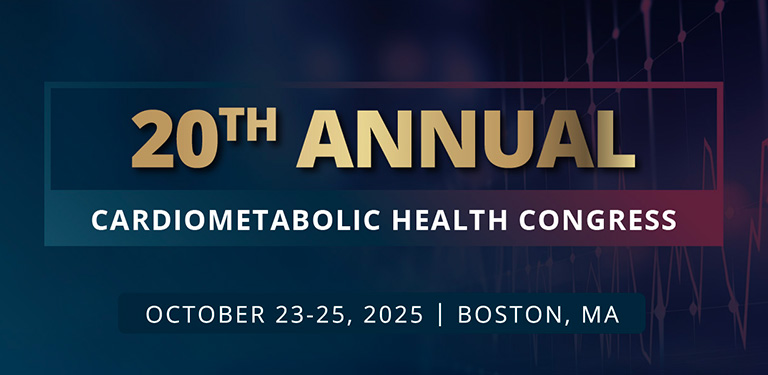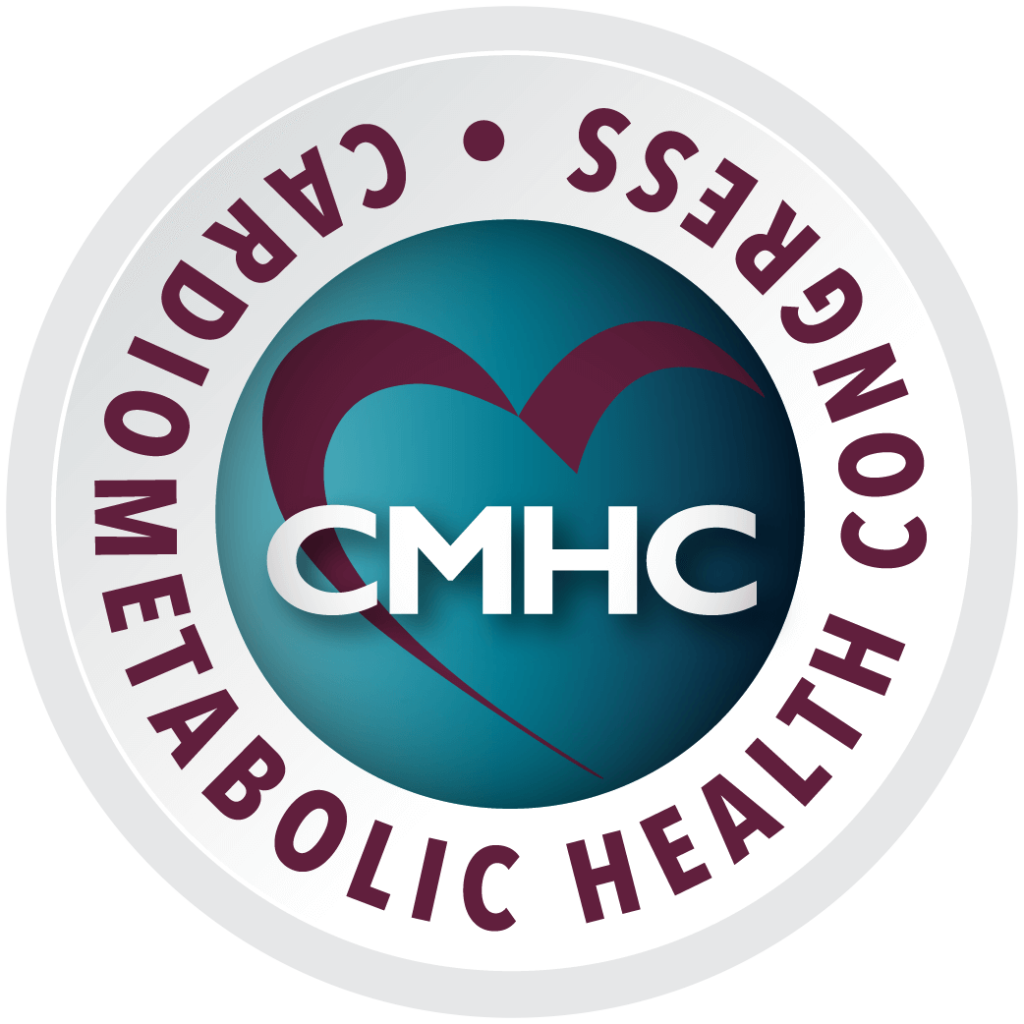 Recent research has concluded that cardiovascular deaths, specifically heart attacks and strokes, are statistically more common in January.
Recent research has concluded that cardiovascular deaths, specifically heart attacks and strokes, are statistically more common in January.
New evidence has led scientists to believe that a number of factors have collectively caused this phenomenon, through the analysis of millions of death certificates. Similar patterns of cardiac mortality in the winter months, specifically January, have occurred throughout various global geographic locations: not solely relegated to the United States.
Air pollution, which has a seasonal rhythm due to the nitrogen dioxide levels—a primary pollutant in causing premature deaths—are at their highest levels in January, particularly in large urban cities. Short-term exposure to pollutants like petrol fumes and diesel is also associated with increased mortality rates of heart attacks and strokes; when pollutants enter the bloodstream via the lungs, they can ultimately lead to artery blood clots: a primary risk factor for cardiovascular disease.
Influenza infections are also critical triggers for heart attacks, and are at their highest levels during the winter months: solidifying the link between the flu virus and cardiovascular disease. As the flu virus gradually leads to coronary artery blockage, the main cause of heart attacks, the flu vaccine is therefore associated with reduced cardiovascular disease.
Other seasonal risk factors include high cholesterol, high blood pressure, and low levels of Vitamin D, the latter of which is associated with increased risk of heart attacks. Combined with the aforementioned risk factors for coronary death, pollution and flu, leads to high mortality rates of cardiovascular disease. One specific gene, ARNTL, was found to be a critical circadian-clock gene that suppresses inflammation, and is also least active in January—further contributing to higher levels of inflammation.
The collective combination of these risk factors, occurring in the same time period, can be deadly. The month of January requires constant vigilance regarding sleep, Vitamin D levels, and a committed effort to stay away from heavy traffic and busy streets, where atmospheric pollution is at its highest levels.


